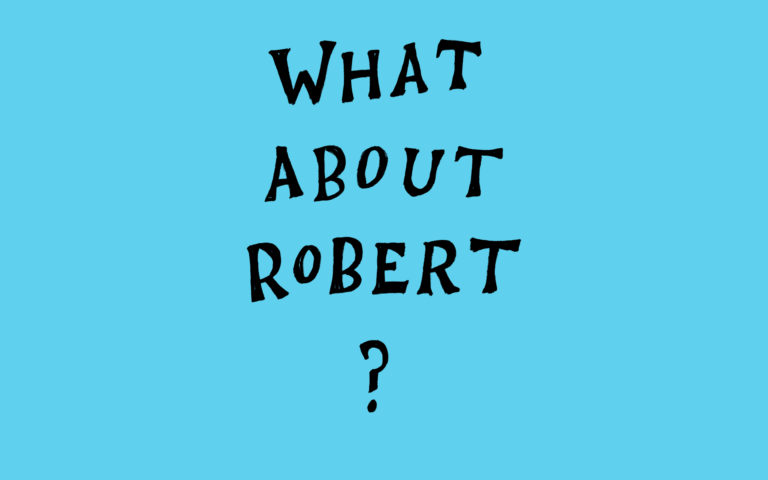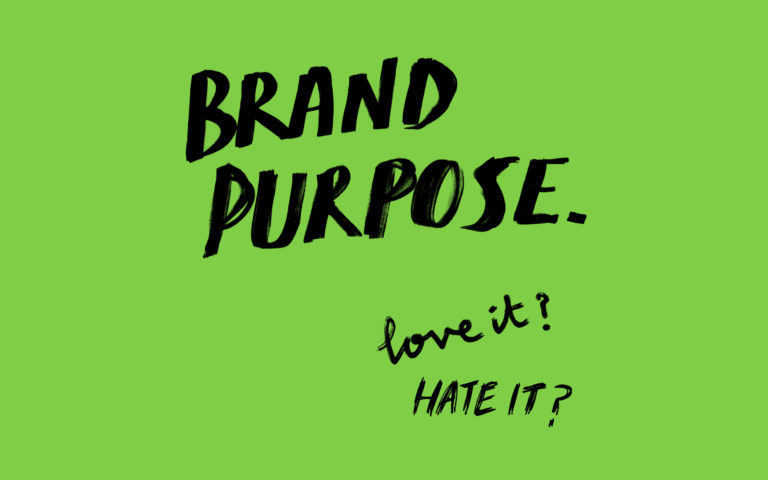The story about seven universal stories.
Have you heard about the idea that there have only ever been seven basic story plots? Fact or fiction, it got me thinking about big ideas in brand storytelling.
What was the last book you read? Was it a revelation in storytelling, or did it conform to one of these basic plot lines?
1. Tragedy – a hero with a fatal flaw meets a tragic end. See Macbeth or Madame Bovary.
2. Comedy – not necessarily laugh-out-loud funny, but always with a happy ending, typically involving romantic fulfilment, as in Jane Austen.
3. Overcoming the Monster – as in Frankenstein or Jaws. Its psychological appeal is obvious and eternal.
4. Voyage and Return – Alice in Wonderland, HG Wells’ The Time Machine and Coleridge’s The Rime of the Ancient Mariner follow the same archetypal structure of personal development through leaving, then returning home.
5. Quest – whether the quest is for a holy grail, a whale or a kidnapped child, it is the plot that links a lot of the most popular fiction. The Quest plot links Lords of the Rings with Moby Dick, and a thousand others in-between.
6. Rags to Riches – the riches in question can be literal or metaphoric. See Cinderella, David Copperfield, Pygmalion.
7. Rebirth – the Rebirth plot, where a central character suddenly finds a new reason for living, can be seen in A Christmas Carol, It’s a Wonderful Life, Crime and Punishment and Peer Gynt.
This list is paraphrased from the work of literary critic Christopher Booker, who asserted that there aren’t any new stories, just new ways to tell them.
So, if there are no new stories in the literary world, what about in the world of brand?
For some years now, storytelling has been the branding buzzword. Often misused, and more than likely an idea that we’ll put under the microscope another time. But in among the hyperbole and bullshit, it can at times be an incredibly useful way to articulate what’s critical about an organisation, brand, product or service.
Whether it’s the founder’s story or the brand’s reason for being, stories remain a cornerstone of strong brands. Good branding, after all, is often about stories – ones with personality worth spreading. Stories that make sense – with a great plot and structure – are a brilliant way to connect with people and create relationships. They’re very often the shorthand that consumers use to understand a brand. In a world where brands are becoming increasingly open-ended, the fact that consumers can step into the story, and interact with it, is a powerful thing. The sharing of these stories through social media and word of mouth creates widespread awareness and emotional connections.
The question is: are we limited by the plot lines in brand storytelling too?
My initial reaction was to quickly dismiss my hypothesis. But if the ways that we summarise a brand’s plot could also be grouped into broad areas of approach, then where would that leave us? We take great care in devising original plot lines and positions for the brands we work with. What would this mean for an industry that preaches the mantra of originality as if it was the very reason for our existence? Well perhaps there’s another way of looking at this: if every literary story has already been told, that doesn’t necessarily mean that a novel, play or a film can’t be genuinely original. It’s just that originality doesn’t come through plot, but through style, voice and the imagination that brings language and people and places to life. In the same way, I believe that creatives are best placed to bring brand plots to life through intuitive fluency and the ability to manipulate form in a way that can genuinely move people.
Many people are vying for the role of chief storyteller: brand consultants and management consultants included. But with creative action and execution, there’s a unique ability to give a visual and verbal face and personality to a brand. Skills that are often dismissed as being a little fluffy. However, it’s creative execution that creates more depth than perhaps even we give ourselves credit for at times. Many see the act of prettification as a character flaw among creatives, but just making something look better can often be the difference that turns something into that must-have item. If we’re in the business of attraction – attracting audiences, fame, sales – then surely making things attractive matters?
Brand storytelling is only partly written: it isn’t always explicit and literal, but it can be suggestive and subtle. Seemingly simple decisions, like the choice of colour or typeface, or the size and order of visual elements, can suddenly give clarity and life to the details of a brand’s plot. The visual and verbal triggers we create can turn strategic thoughts into tangible outputs and cement brands in the mind’s eye. It’s better still when creativity isn’t subservient to strategy, but an intertwined cocktail of the two. Where the development is organic rather than linear, and the strategy is flexible enough to accommodate new ideas.
Even if we were to assume that the broad plots in brand storytelling are top-line with inevitable overlap, it is still hard to rival brand campaigns and identities that are held together by simple, memorable ideas, well executed through aesthetic qualities and words well chosen.
It’s hard to imagine a novelist penning a novel classic from a series of filled-out wheels, pyramid or onions charts. So why are there so many of these used in the creation of brands? Great brands work best when they’re allowed to freewheel a little. Where true originality comes from carrying plots into reality through creative execution. Less process, more simplicity. Just as chapter headings will never flesh out the finer intricacies of characters and places in a book, slide after slide of strategy won’t breathe real life into a brand.
We’re lucky enough to work strategically, visually and verbally, so hopefully we are well placed to fuse left- and right-brain thinking. There’s an inevitable tension between how much big thinking we need and how much time we spend on the craft – and every job requires a different balance of these.
Let me be clear. Developing a great brand requires more than great creativity. But a great brand certainly needs more than just a great PowerPoint strategy document, even if it’s the size of a small novel. War and Peace style strategy documents seem a little hard to digest. Perhaps something that is more akin to a Japanese haiku in length might be more apt. The real difference will come when we knit theory and practice together.
The end.
— DB
Subscribe to Squad

Get our annual printed newspaper plus our email digests full of inspiration, thoughts, tools and the interviews.
Subscribe
What about Robert?
Discover what it took for Robert Zimmerman to reposition himself not only in his audiences’ minds, but probably in his own mind too. Helping him to become one of the greatest singer-songwriters of our time.

Brand purpose. Love it? Hate it?
The runaway, electrically charged juggernaut of brand purpose shows no signs of slowing down. Or does it? We get under the bonnet and take a closer look.


